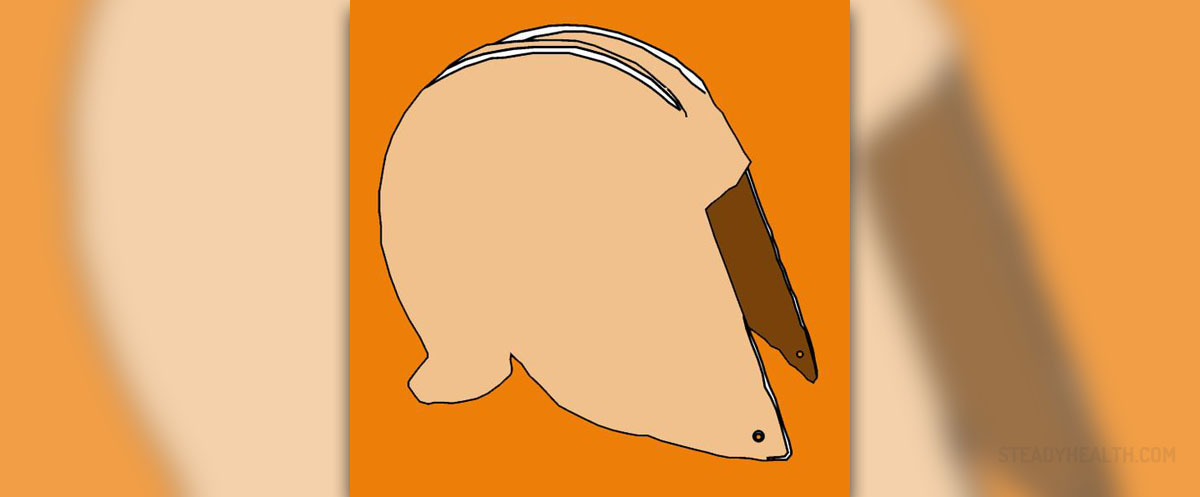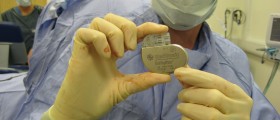
Cardiac tamponade is a clinical syndrome and life-threatening condition which develops as a consequence of the accumulation of fluid in the pericardium. This leads to reduced ventricular filling and inadequate pumping of the blood into the systemic circulatory network. The outcome is uncertain and depends on different factors including the speed of diagnosis, the treatment and the underlying cause.
Cardiac Tamponade Pathophisiology
The human heart is surrounded by the pericardium, a sac made of two layers (the thicker parietal and the outer fibrous layer). It normally contains 20-50 mL of fluid which prevents friction between the heart and the layers. In cardiac tamponade the pericardium gets filled with excess fluid which may be serous, serosanguinous, hemorrhagic or chylous.
Cardiac tamponade is a process that includes three phases. The first one is accumulation of the pericardium with fluid and consequence increase of stiffness of the ventricles. As a result the heart increases filling pressure. The overall effect is increase in the left and right ventricular pressure (these are much higher comparing to pressure in the pericardium). In the second phase the fluid keeps accumulating and the pressure inside the pericardium further increases which affects cardiac output. The final phase is characterized by significant decrease in cardiac output.
In order to eject sufficient amount of blood the heart starts to pound rapidly and one develops tachycardia. The entire process additionally affects systemic venous return. Due to compression of the heart muscle, systemic venous return is impaired and this results in right atrial and right ventricular collapse.
The effects of fluid inside the pericardium depend on the rate of fluid accumulation as well as the compliance of the pericardium. Rapid accumulation of small amounts cause severe symptoms while slow filling may allow large amounts to accumulate until the first symptoms occur.
Acute Tamponade Treatment
Being a medical emergency cardiac tamponade requires prompt hospitalization and treatment. Patients remain in intensive care unit where they are closely monitored and receive oxygen, volume expansion with blood, plasma, dextran or isotonic sodium chlorine solution. Such patients may also receive inotropic medications. Their legs are supposed to be elevated.
Further treatment includes positive-pressure mechanical ventilation and pericardiocentesis. Pericardiocentesis can be in a form of emergency subxiphoid percutaneous drainage, electrocardiographically guided pericardiocentesis or percutaneous balloon pericardiotomy.
Patients who are hemodinamically unstable as well as those with recurrent cardiac tamponade are treated with surgical creation of a pericardial window, pericardiocentesis and sclerosing the pericardium, pericardio-peritoneal shunt or pericardiectomy.

















Your thoughts on this
Loading...